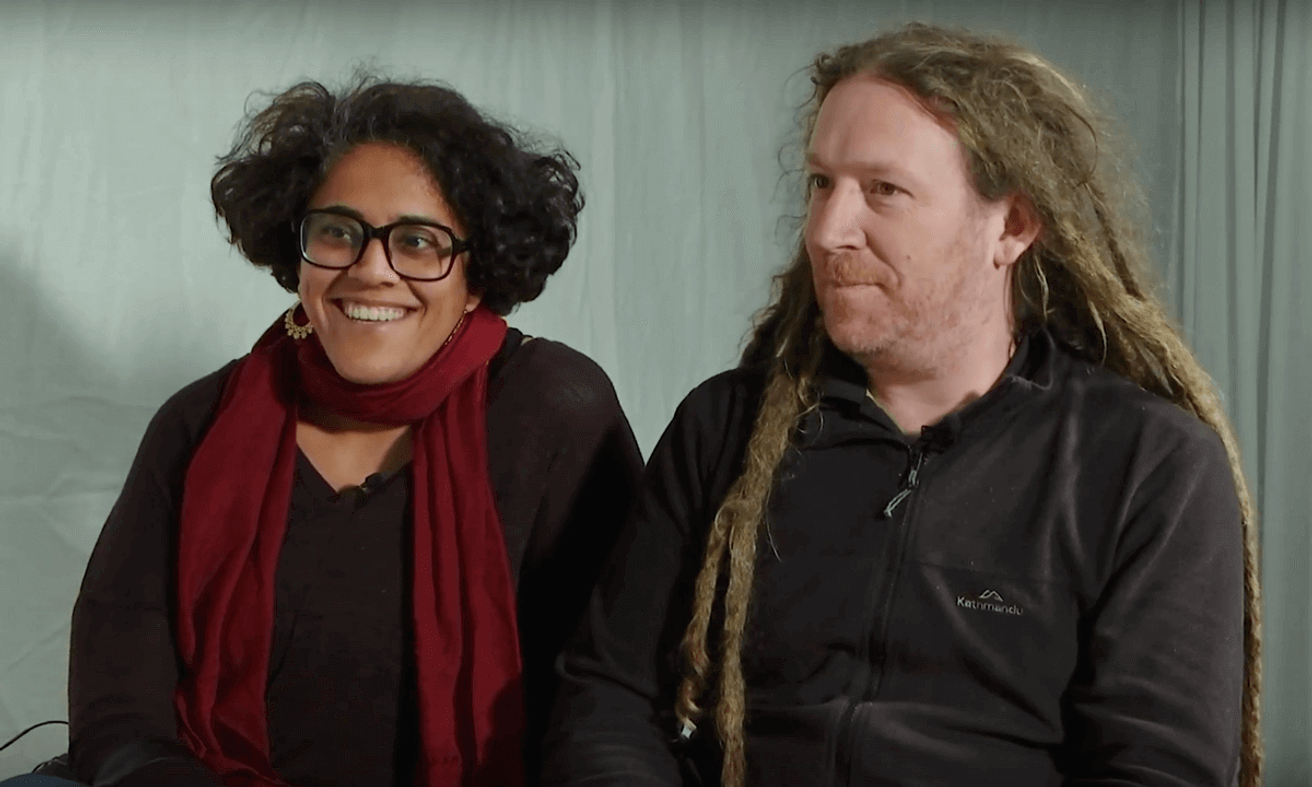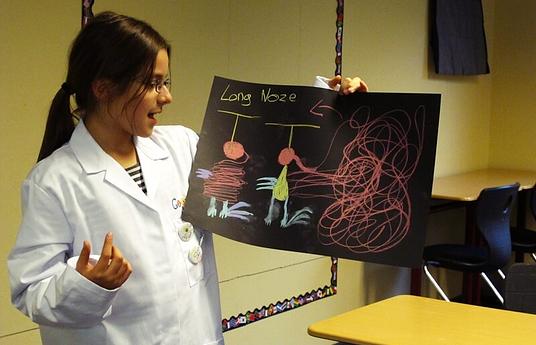Michael Fitzgerald and Jaya Ramchandani are Chief Editor and Editor at Large at IAU AstroEDU, respectively, which is an open-access platform for peer-reviewed astronomy education activities. The project aims to publish the best astronomy activities for educators to discover, review, distribute, improve and remix according to their cultural and linguistic needs. In response to the lack of adequate knowledge around the subject of astronomy, Michael and Jaya share their thoughts on the need to package and deliver the subject in a way that both enables the teacher to deliver the subject, as well as enabling the student to grasp it.
Why do you think it’s important for students to learn astronomy?
Astronomy is one of those subjects that connects to almost every science. You can learn biology through astronomy, and you can also learn chemistry and physics through astronomy. It also goes into a lot of philosophical and cultural questions, because every civilization has its own version of how the universe came to be and there are still many questions to answer. If you look at a diagram of what the composition of the universe is, you have 4% that is known, which means that all the galaxies, the stars, and all the people on earth, are just 4% what we think we know. There is still another 96% that is in the unknown category. It is also important for us to start to expose ourselves to these big ideas so that we can think about our own space and place in the universe. It is very much a seed topic.
How can astronomy be used to support and enhance other subjects?
Well, astronomy itself is not an independent subject. By its very nature, it is interdisciplinary, whereas you can think of physics, chemistry, and biology as relatively separate subjects that share similar concepts. Astronomy is actually born out of all three of those as well as mathematics and statistics. You can't avoid one. You have to know certain aspects of them all. It is a good way to cover all of the sciences. It is also a good way to bring in the T and E from the STEM acronym that you hear a lot about, which is technology and engineering. Telescopes use a lot of optics, optics fiber, which is then used in communications. Gigantic telescopes are built in hospital environments. Big data, so the square kilometer array, is going to produce an internet worth of traffic every day or so. I don't know how many zeros to put at the end of the number, but it requires computation. So the science, technology, engineering, and mathematics (STEM) is all of them at the same time, and not its own individual silo.
How has your work impacted students?
One of the activities I use a lot is called 'star in the box' and essentially it is an applet to explore how a star evolves through a set of guiding questions. Rather than going through some slides or reading a book, the students just follow the activity and the guiding questions themselves to discover different things like the relationship between the temperature and the mass of a star, or when a star becomes a brown dwarf or a black hole. It is quite a good, guided, discovery process. The kind of activities that we receive encourage a lot of inquiry-based learning, and we have further divided inquiry into guided inquiry, teacher-led inquiry or self-directed inquiry. This is one of those activities that can fall into any of the three categories depending on the facilitator's knowledge of the subject.
What are the benefits of inquiry-based learning?
I think if you just tell someone, 'this is how you do it', they will learn it if they are repeatedly told the same thing, say 10 times. That's drilling. However, if they ask me, 'how is this done?' Whether it is me providing the answer or some applet providing the answer, they will remember it and understand it, depending on what their intention was in asking the question.
It is a very broad topic, which is why it is very hard to pin it down to one thing. Is the student asking the question or are we trying to tell them stuff? There is a whole world of teaching strategies and pedagogical strategies that fall under inquiry-based learning. You don't just put a kid in a room, and gather some things around, and expect them to ask some questions. There is a lot of thought around how to get a student to inquire in a certain direction? There is a lot of guidance, but most of the inquiry is done by the student within an environment.
What’s the value of having peer-reviewed content in education?
Most teaches in the world are not astronomy teachers. Most scientists, about half of them are biologists, a third of them are chemists about ten percent are in physics, and then a category called other, and maybe half a percent will have a significant background in astronomy. What that means is that most science teachers won't have any background in astronomy and are looking for something to use in the class that works.
If you go and google about the seasons, you will notice that all images that come up to start with, all the diagrams are wrong or they're out of scale or they're giving people the wrong idea about how seasons work. Seasons is kind of a complicated topic. It is easy once you understand it but before you know about it, it is really tricky. I have personally given professional teacher development sessions, where teachers will say, 'I have been teaching that wrong for the past 20 years.' We, therefore, want to have a curated set of activities where scientists have checked things off, and where teachers have also checked things off. This ensures that teachers who do not have the background in astronomy can be guaranteed that all the representations are correct, the sufficient amount of background knowledge is there, and that the activity works in the classroom as well.
What is AstroEDUs mission and where do you see yourselves in the future?
AstroEDU is trying to provide activities to teachers around the world that fit into a realistic environment, in an authentic classroom. One of the things that we have recently come to the end of formulating, is a study of where astronomy fits into the curriculum around the OECD countries. We have a very good picture of how astronomy is taught in the developed world, so we know what activities teachers will want to include in the classroom. Now AstroEDU has a bunch of activities that have been submitted, and are now going to try and focus on a collection of activities together where say, if you are a year four teacher in France, you can go and get a pack that is for a French curriculum and for that age group. Developing those packs with peer-reviewed activities is one of the things that we are trying to do next.
Right now a lot of the activities are talking to teachers, and they are educator focused, so another thing we are going to do, is to change the language a bit in order to encourage students to pick up activities directly and guide themselves through it. There is enough background information, enough how-to steps so that it is not necessary to wait for a facilitator to guide you. You can also say to yourself, 'I'm interested in knowing what dark energy is', or 'I am so impressed by the movie Interstellar and I want to figure out all the science behind it, so I can just pick up the activity and learn in a structured way on my own.' That is something that we are looking forward to.
Learn more about IAU astroEDU, on their innovation page.

